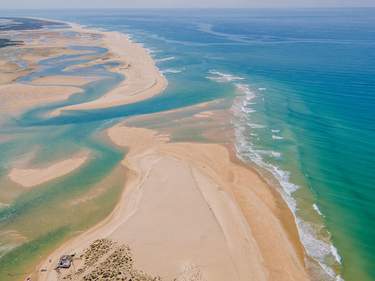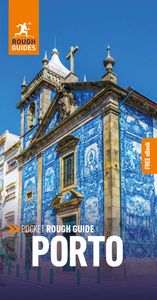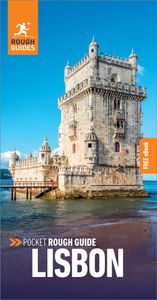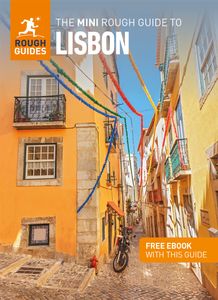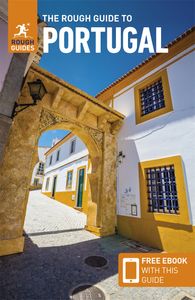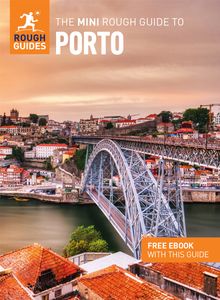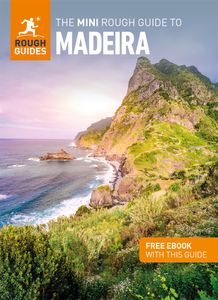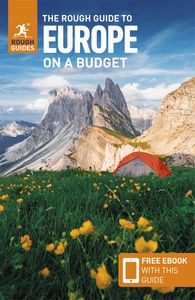Watch out, wolves about
In a hidden forest valley just 20km north of Lisbon, the Iberian Wolf Recovery Centre houses a dozen or so wolves in natural enclosures. There are only around three hundred wolves left in the wild in Portugal, mostly in the northern mountains, with another two thousand in Spain. Those living at the centre were brought here after being rescued from illegal captivity or were transferred from other zoos – they won’t be released again into the wild.
The centre is run by the not-for-profit organization Grupo Lobo (261 785 037 or 917 532 312; English spoken), which campaigns for wolf preservation and public education, and offers guided visits to see the wolves; you have to book in advance, but the day before is usually fine. You’ll get to walk around the enclosures and see (hopefully) some of the wolves up close, and you can then buy as many postcards, T-shirts, key-rings and wolf-adoption packs as you can manage to boost the centre’s funds. They also have a volunteer programme.
To get here, follow the brown signs for the “Centro de Recuperaçâo do Lobo Ibérico”, which is 7km from Malveira, off the N8 Torres Vedras road; look for the turn at the Picão/Carapiteira junction and then it’s 2km up a minor road, eventually a track (but fine for cars), which leads to the reception centre.
Mosteiro Palácio Nacional de Mafra
Construction of the Mosteiro Palácio Nacional de Mafra started in 1717, and it was originally planned to be a modest Franciscan monastery, built to honour the birth of king Dom João V's first child. But the king's reign coincided with Portuguese holdings in Brazil producing vast mineral wealth, and this bonanza changed everything. The simple monastery became a lavish palace, with hundreds of monks in residence to care for the royal souls. The resulting building was a magnificent, over-the-top Baroque statement of intent, completed in just thirteen years by the gruelling labour of thousands (of whom hundreds died). The oft-quoted figures tell a tale of grandiose excess – a 200m-long facade, 1200 rooms, over five thousand doorways and windows, 156 staircases, and two soaring bell towers over the basilica containing 98 bells, the largest carillons in the world.
There’s little humanity or empathy at work in the seemingly endless royal apartments, and it’s hard to imagine a life lived in these cavernous chambers. All the rooms are recreations from when João VI fled to Brazil in 1808 in the face of the French advance and took all the furniture and valuables with him. However, there is at least one original piece – the bed in which the last Portuguese monarch, Manuel II, slept the night before he went into exile in England. Some of the rooms are simply shocking, like the Sala dos Troféus, where the furniture, including the chandeliers, is made from antlers and upholstered in deerskin. The undoubted highlight is the stupendously decorated library, with its 90m-long tiled floor. Forty thousand books are still in place here, kept free of insect infestation by a colony of tiny bats that lives in the eaves.
Tapada de Mafra
Six kilometres north of Mafra on the Gradil road is the Tapada de Mafra, once the extensive hunting grounds of the Mosteiro Palácio Nacional de Mafra. The park is still entirely walled, and there are wild boar and deer within, though it’s now set up for public visits for walks, bike rides and other activities. Access to the trails is limited to certain hours in the morning and afternoon, and it’ll take two or three hours to get round. There are also falconry displays and children’s and family activities, while at weekends and public holidays, you can tour the park on a road train.

